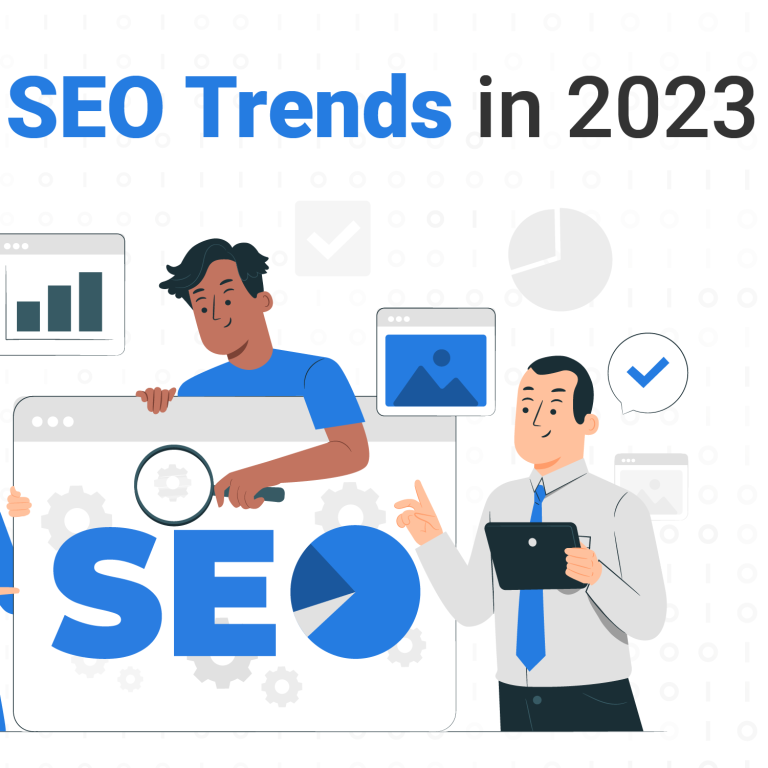One of the most crucial factors of creating a successful Google Ad campaign is choosing the correct bidding strategy for a campaign. A bidding strategy should be aligned with the project’s budget and goals. Determining an appropriate bidding strategy is one of the most important steps to creating a successful and measurable campaign.
In this article, we’ll be going through all the bidding strategies that Google offers and weigh out their pros and cons. It is key to understand that all strategies have their own benefits and can be used to achieve different goals and objectives.
There are a total of 8 bidding strategies and they are divided into two categories:
Manual bidding; allows performance marketers to manually set the bid on keywords and ad groups. It can also help control spending on low performing keywords while scaling up the spend on performing keywords and ad groups. This strategy can be a great way to start campaigns as marketers have the most control over their keywords, ads, and budget.
Automated bidding on the other hand allows Google to adjust the bids based on the performance of the keywords and how these keywords are auctioned in Google. Marketers can still set the budget and allow Google to distribute the budget between keywords to ensure the best chance of winning the bid. The two benefits of automated bidding are that it is less time consuming than manual bidding, and also provides cross-audience reference data. The key here is to choose the right bidding strategy that is in line with achieving campaign objectives.
Automated Bidding
- Target CPA (Cost per acquisition)
This is a smart automated bidding strategy which optimises data to achieve the most amount of conversions within the set target of cost per acquisition. By doing this, Google keeps the cost per conversion around the target CPA. However, it can be lower or higher depending on the history which is used in each auction to find the optimal bid.
Implementation: Another suggestion from Google is to have at least 30 conversions for the campaign to be able to optimise for smart bidding. It is good to note that the target CPA works best with a large budget due to its spending based on the CPA goal that is set.
- Target ROAS (Target Return on Ad Spend) Return on Ad Spend is basically the average value for every dollar spent on advertising. This bidding strategy focuses on achieving the highest conversion value per order within the given amount. Conversion tracking needs to be fully implemented to use this strategy. There are two ways to do this. For instance, if running an e-commerce company, marketers can use the conversion that is synced from Google Analytics. However, if the Google Analytics / Ads account does not have the conversion tracking implementation, then it needs to be set up in Google Ads.
- Target Search Page Location This strategy is designed to allow ads to come up on top of the first page of search and display. However, the obstacle is that the ad ranking position and the volume of conversion does not necessarily correlate. So even though the ad is ranked at the top of the search page, it does not automatically increase conversion rate. In fact, the position of the ad ranking is rarely a deciding factor in terms of conversion.Before implementing this strategy, it would be a good idea to check on who competitors are in the auction insights and what type of ads they are running. After getting a better understanding of what works for ad ranking, a clearer direction can be determined for a set of ads that will result in higher conversions.
- Target Outranking Share This strategy could be useful when there is a tug of war between brands such that a specific brand wants to take over most of the ad ranking share. This strategy allows marketers to specify the brand that they want to surpass and how frequently they would like to surpass that brand. However, keep in mind that the main metric to monitor is conversion and taking over a larger market share of the ads doesn’t necessarily guarantee a higher increase in conversion. The benefit of an ad coming up on top is simply better visibility.
- Maximise Conversion The Maximise Conversion strategy focuses on the volume of conversions rather than its value. This strategy requires a big budget to get as many conversions as possible within the given sum allocation. Furthermore, just like any other strategy implementation, it should be tested for at least 30 days to conclude if it was compatible with the campaign.
- Maximise Clicks If the main goal is to generate more clicks, this strategy would be useful especially when there’s no conversion goal implemented in Google Analytics and Google Ads. The Maximise Clicks strategy will gives an edge in bidding and will work to bring as many clicks to the site as possible through the active ads. For marketers who are new to creating SEM campaigns, the Maximize clicks bidding strategy is best implemented at the start of campaigns, as this strategy will provide valuable data on performing keywords bidding.
- Enhanced CPC (cost per click) This strategy lets the AI system decide when to increase the bid on a certain keyword based on previous performance. This helps increase the volume of conversions. That being said, to get the highest possible conversion, it’s best to have a larger budget to play around with.
- Manual CPC Manual CPC allows manual control for bidding for every separate keyword while optimising for the lowest cost per conversion. This bidding strategy is recommended to use at the beginning of every campaign. Google does not make changes to any keyword bidding; however, it does help us to guide in optimising the campaign.
Difference between Enhanced CPC and Target CPA?
Enhanced CPC is somewhat of a hybrid strategy which takes manual bidding into account. However, this strategy focuses more on acquiring the conversion by changing the manually set bid whereas TCPA generates conversion and bids to meet the set target bidding for each conversion.
When to use Enhanced CPC?
Enhanced CPC is neither as controlled as Manual CPC nor as smart as Target CPA. Our advice is not to use it as a strategy if the marketer wants to control the cost per conversion.
Manual vs Automated Bid Strategies
Based on our experience with these bidding strategies, the following are conclusions that we have arrived at:
1. Manual bidding used to perform relatively well in the past as we can better control the bid of each keyword, thereby adjusting the Average Cost per Click and strictly control the cost to achieve better cost-effectiveness. However, in recent years, the development of Smart Bidding has become more and more effective, and the machine learning behind it has also become more advanced, disadvantaging the manual bidding strategy.
In addition, Manual Bidding requires manual control and optimisation of bids, which requires higher manual workforce and time costs. If the labour cost is included in the cost savings of Manual Bidding, the advantage of Manual is less obvious. There are several cases showing that Smart Bidding is better than Manual Bidding.
2. Smart Bidding also has shortcomings. Smart Bidding performs better in foreign countries because Smart Bidding requires a certain number of conversions to be effectively optimised. It needs more data for Machine Learning to make the bidding more accurate. Take Hong Kong as an example, not many companies have more than a hundred or a thousand conversions on Google every month. There are fewer companies that can achieve more than 100 conversions per month on Google on average. It is not difficult for e-commerce businesses to achieve over one hundred conversions, but for the service industry, getting more than 100 conversions per month in Google Ads is difficult. (Of course, this conversion refers to actions that have a direct impact on the business, such as querying or leaving a contact. Conversions such as Contact Page or Subscribe Newsletter are not included.)
3. There are many companies that start out by using the Maximize Clicks strategy when they first start to create campaigns for new clients if they do not know how much they should bid on the keywords. But it is important to remember to set the Max CPC Bid Limit. After about 2 weeks, when the bidding range of the keywords is known, switch to Manual CPC to control CPC and CPA more effectively. When the number of conversions has stabilised (let say 3 months later), Target CPA can be used.
4. How to move to TCPA smart bidding? Set the Average CPA number to Target CPA. Let the system learn, and then gradually reduce the Target CPA bid. It is recommended to replace the bidding strategy of the brand campaign first. Observe other campaigns for a longer time before changing the bidding strategy. Slowly transfer the less competitive campaign to Target CPA. At this stage, it is better to keep the most competitive or generic keywords/campaign with Manual CPC.
Google has been promoting Smart Bidding in recent years. As the development of machine learning matures, the advantages of manual bidding are getting lower. It is expected that manual bidding will be eliminated gradually.
Looking to audit your performance marketing campaigns? Drop us a note at hello@admiral.digital and we’ll be glad to assist.





